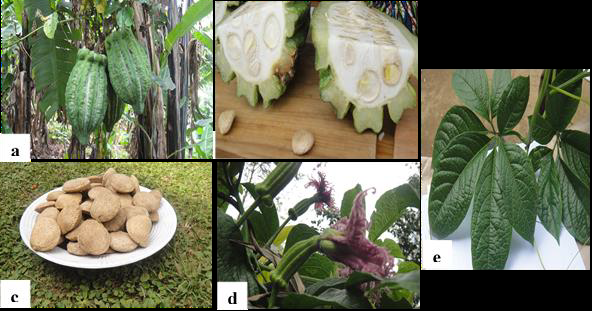
Author Name
ES. Djomaha And SJ. Mameyong Nialepa
Laboratory of Phytopathology and Agricultural Zoology, Department of Agriculture, Faculty of Agronomy and Agricultural Science, University of Dschang, Cameroon
Journal Name
International Journal of Agronomy and Agricultural Research | IJAAR
Abstract
A study on the control of watermelon pests was conducted in the Western region of Cameroon. The trial was laided on a randomized complete block design with three replications at the University of Dschang farm from December 27, 2019 to April 10, 2020 (dry season). The treatments were T1 (control plot), T2 Biotrin (Abamectin 5% at 375ml/ha), T3 Antario (Bacillus thuringiensis 1.4%+ abamectin 0.1% at 375g/ha), T4 Neem oil (0.3 to 1% Azadirachtin) at 7l/ha, 400 H2O/ha) and T5 (Emamectin benzoate 50g/kg, 250g/ha). Pest abundance, leaf infestation rate, plant growth parameters, and yields were assessed weekly from 26 days after sowing to three weeks before harvest. The results showed that Aphis gossypii (Hemiptera: Aphididae) the major pest (39.54±7.15) and Bemisia tabaci (Hemiptera: Aleyrodidae) (1.64±0.16) the second host infested watermelon. The peak of the leaf infestation rate is 20.97% at 40 DAS. The number of aphids was higher at 54 DAS (71.34±26.30) and for whiteflies at 68 DAS (2.83±0.54). The effect of the treatments was significant (P>0.05) for all parameters. The control plot was more infested with the highest mean leaf infestation rate, number of Aphids and whiteflies respectively 29.6± 2.30%; 158.03±29.59; 1.04±0.20 than Biotrin less attacked (4.11 0.89%; 2.21±0.4; 0.89±0.2). Biotrin, neem oil, Antario, and Emacot are comparable for all parameters. In summary, the lowest yield was obtained in the control plot (35.71±2.66t/ha) but was not significantly different (P˃0.05) from those of the other plots. Biotrin, neem oil, and Antario are bioinsecticide alternatives for Emacot and they should be applied before the 40DAS.
Continue reading



